Great Wall of China – The most iconic man-made structure in China
The Great Wall of China is one of the most notorious structures in the entire world. The complete route is over 20,000 km, stretching from the East seaside to the West desert in Northern China, winding up and down across mountains and plateaus like a dragon. Read on to learn about the largest man-made structure in the world.
Location of the Great Wall of China
The Great Wall stretches across 15 Northern Chinese provinces, municipalities and autonomous regions, from the Bohai Sea in the East to the Gobi Desert, 2,500 kilometers away in the West. The Great Wall of China is not a single-structured wall, it includes beacon towers, barriers, barracks, garrison stations, and fortresses along the walls, together forming an integrated defense system. Now, it has become one of the must-visit China destinations for all visitors.
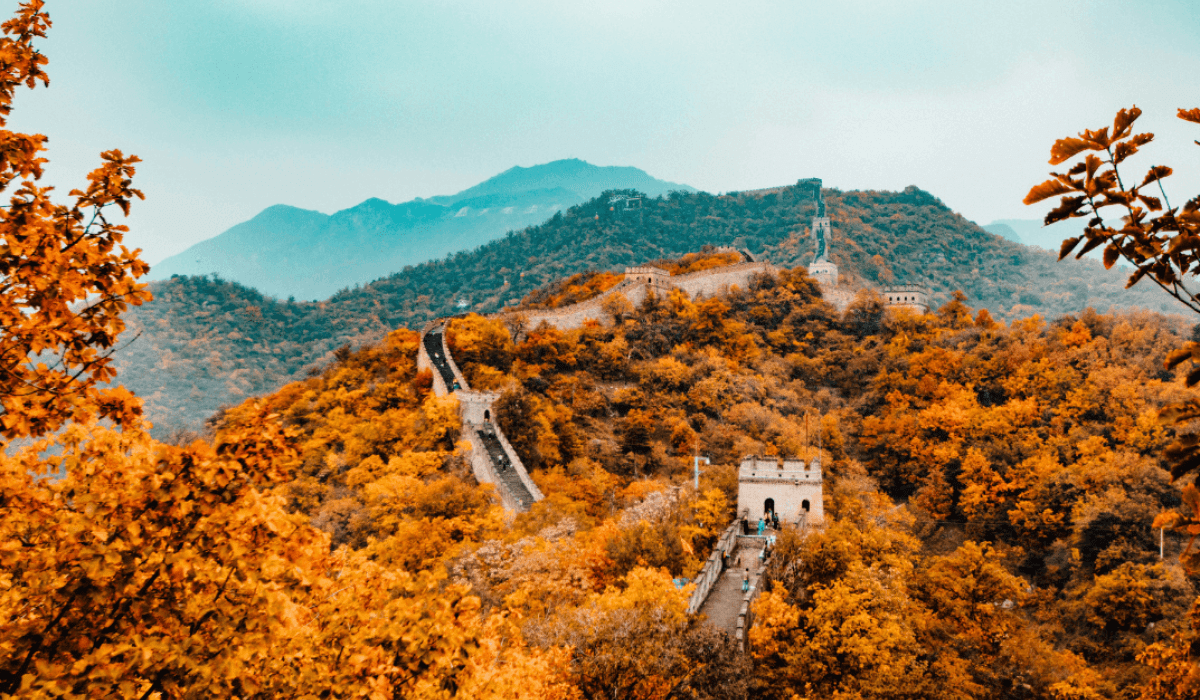
The Great Wall stretches across 15 Northern Chinese provinces, municipalities and autonomous regions
How long is the Great Wall of China?
If you were to measure all the sections ever built, some reports suggest the Great Wall of China could be a staggering 13,170 miles long. The most popular section was erected during the Ming dynasty, and runs for 5,500 miles between Hushan to the Jiayuguan Pass. Even if you only take into consideration the main-line length (about 2,150 miles) of the wall – not including branches and spurs – it’s still the record-holding longest wall in the world.
How tall is the Great Wall of China? The structure’s height varies considerably, from 15 feet all the way to 39 feet. At its widest point, the wall is 32 feet thick.
>>> Read more: Top must-try foods in China at least once
When was the Great Wall of China built?
It’s hard to say precisely when the Great Wall of China was built, as so many dynasties and rulers contributed to its construction. Some 20 states and dynasties contributed to the construction of the Great Wall of China over the course of millennia. It’s thought that the first lengths of the wall were built as early as 771 B.C.E., though official work didn’t begin until 220 B.C.E., during the reign of Emperor Qin Shi Huang. Most of what remains today – that 5,500-mile stretch – was built during the Ming dynasty (between 1368 and 1644).
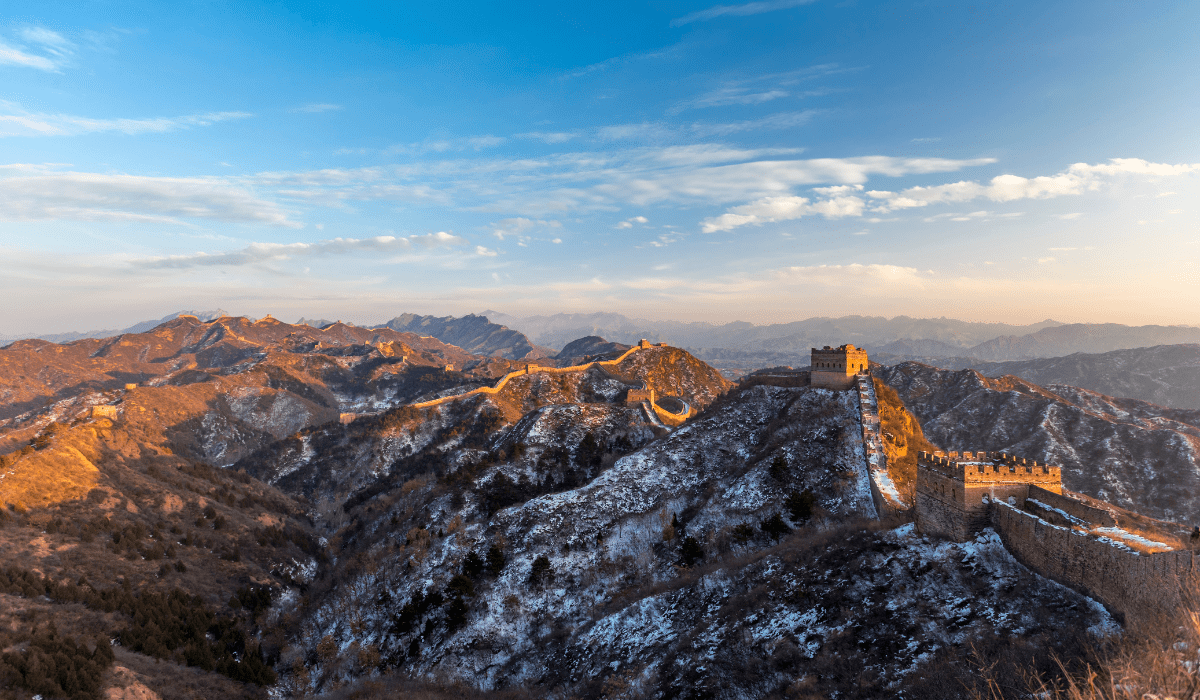
Some 20 states and dynasties contributed to the construction of the Great Wall of China over the course of millennia
Architecture of the Great Wall of China
The Great Wall is a massive monument built with different materials. Most of the sections we see today were built with bricks and cut stone blocks, and lime mortar was used to hold the bricks together. Where bricks and blocks were not available, tamped earth, uncut stones, and wood were used as local materials.
The Great Wall is the product of countless labors over a period of 2,000 years, and is a feast of engineering. It also reflected the collision and exchanges between the agricultural and nomadic civilizations.
>> Explore: Ice Cream Temple Iconic – A refreshing taste of China’s history

10 Day Incredibe China Tour with Asia Vacation Group – Photos taken at Great Wall of China 2024
Best sections to visit
Beijing is usually considered the main gateway to the Great Wall, since there are several world-famous sections of the Wall in the suburbs of Beijing, including Badaling, Mutianyu, Jinshanling, Juyongguan, Gubeikou, and Jiankou. These sections were built during the Ming dynasty between the 14th and 17th centuries and have been well preserved.
Of all the sections of the Great Wall near Beijing, Badaling is the most famous one. As a result, Badaling is the destination of choice for many large tour groups and is often very crowded. The nearby Juyongguan Great Wall features one of the three great mountain passes of the Great Wall but is almost as crowded as Badaling.
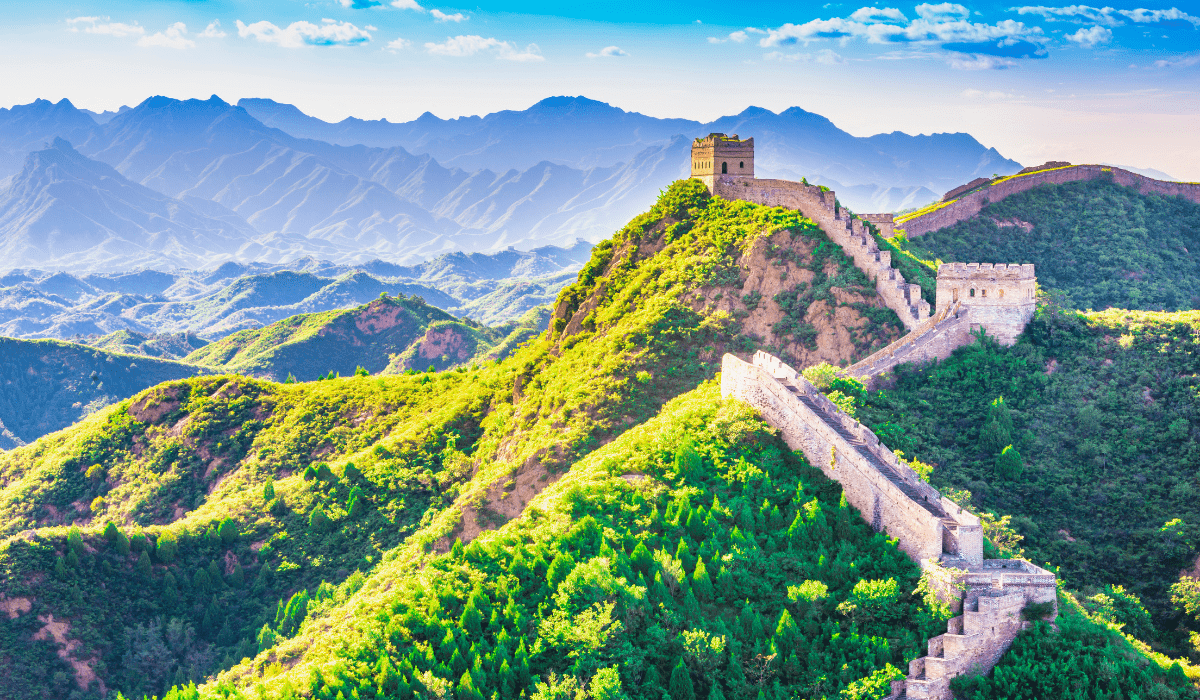
Beijing is usually considered the main gateway to the Great Wall
Best time to visit the Great Wall of China
For all sections of the Great Wall near Beijing, the Spring months (April to June) offer temperate weather and are great for climbing. In late April to early May, many trees begin to blossom, making this a particularly beautiful period to visit the Wall. Fall is also a nice time to visit, as temperatures are usually comfortable.
October to early November are particularly picturesque, as the tree leaves on the mountains begin to change color. The winter months, from December to February, are cold and can be windy, but there are usually far fewer tourists on the Wall during these months. July and August are hot and humid, and thus not the best for long hikes. In addition, it’s best to avoid hiking on the Wall after rain or snowfall because some parts can get very slippery.
Great Wall of China tour packages
Discover the enchanting allure of the Great Wall and beyond, where every step unveils a new adventure. For those planning a trip to China, do not miss out on the iconic Great Wall. For a full-filled trip with diverse travel experiences, it is highly recommended you to travel with Asia Vacation Group, a premier travel company that has helped hundreds of thousands of Aussies better enjoy their vacations in Asia. Offering fully escorted tours with airport transfer, 3-4 star accommodations, 24/7 service, and more, Asia Vacation Group ensures a hassle-free journey with unforgettable moments for every traveler.
Here are the top tour packages to the Great Wall and other incredible destinations in China:
Please click here to view more China tours.
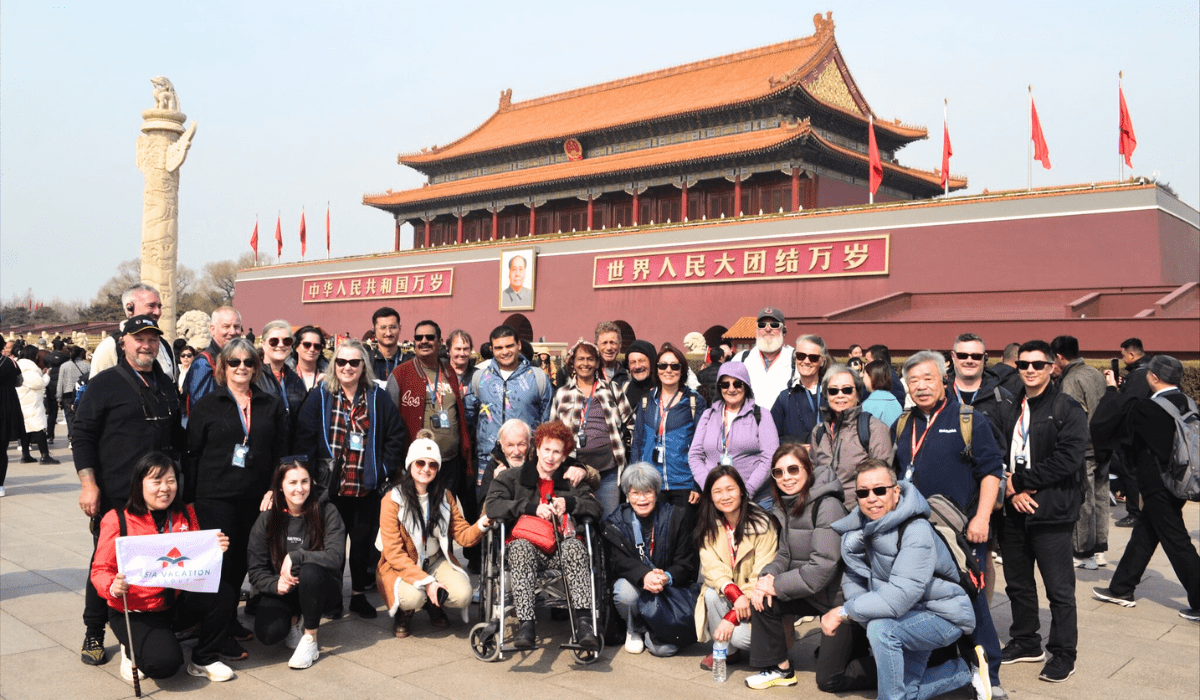
Customer on tour with Asia Vacation Group April 2024
The Great Wall of China stands as a timeless testament to human ambition, resilience, and ingenuity. Its awe-inspiring presence not only reflects the ancient efforts to safeguard the realm but also serves as a symbol of unity and cultural heritage. As visitors traverse its winding paths and towering ramparts, they are enveloped in a sense of wonder, connecting with a legacy that stretches across millennia.



































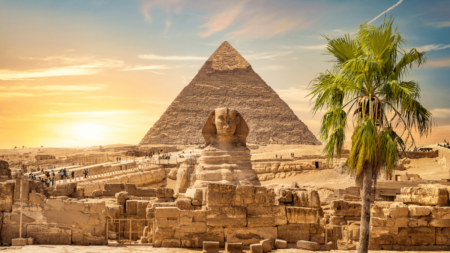
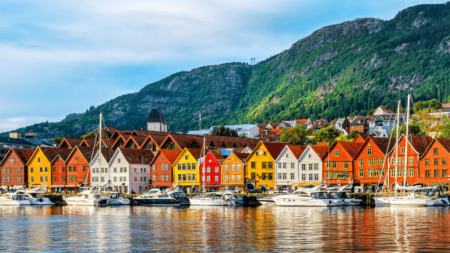






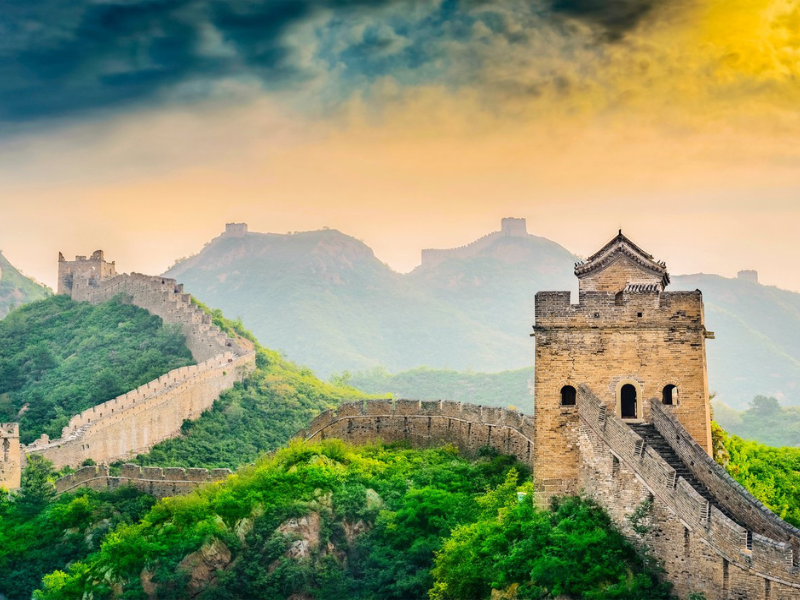
 planning
planning